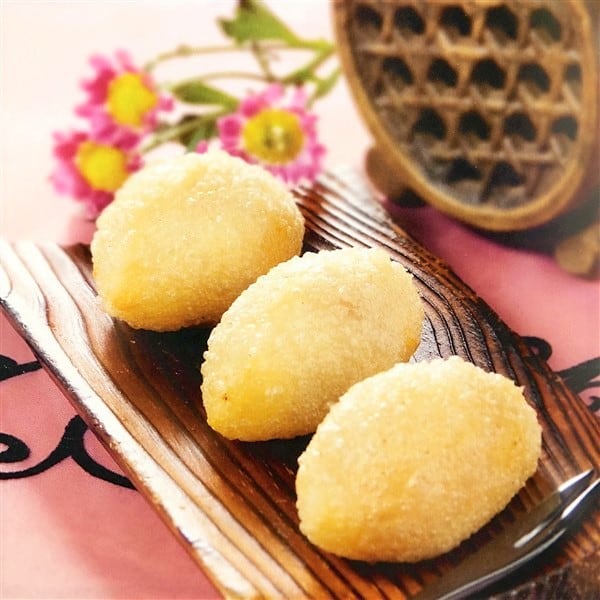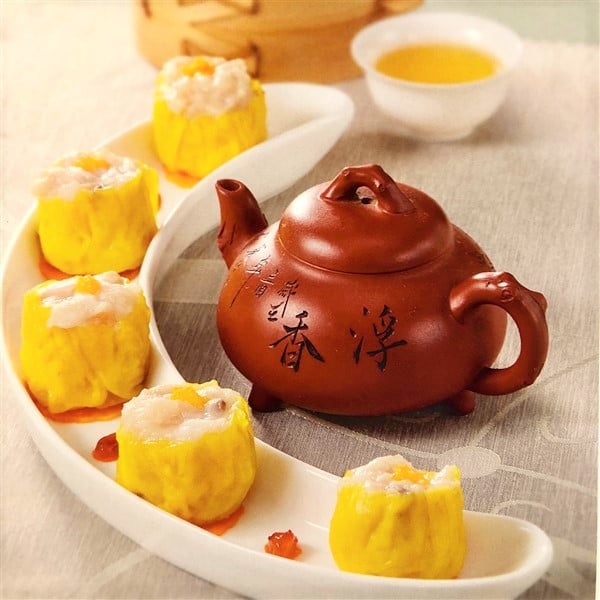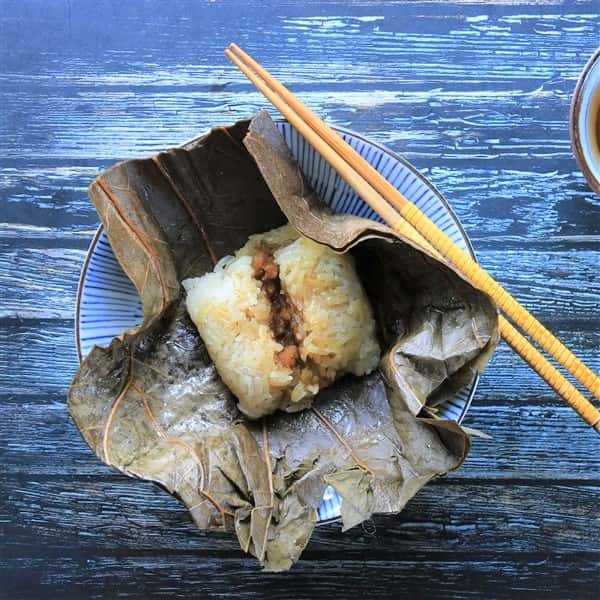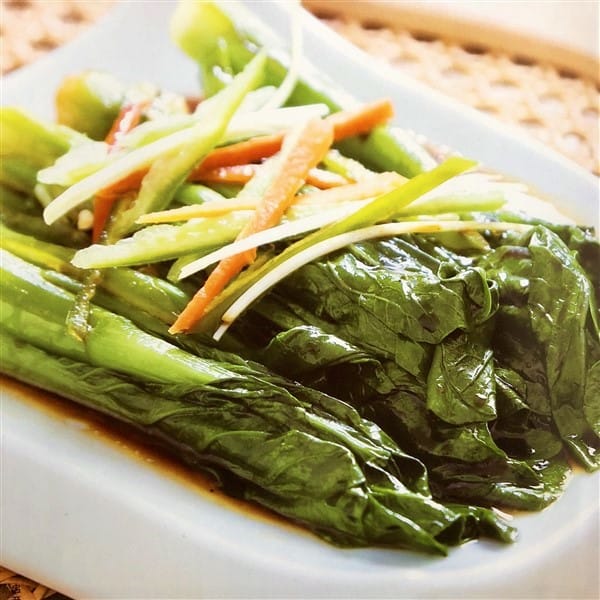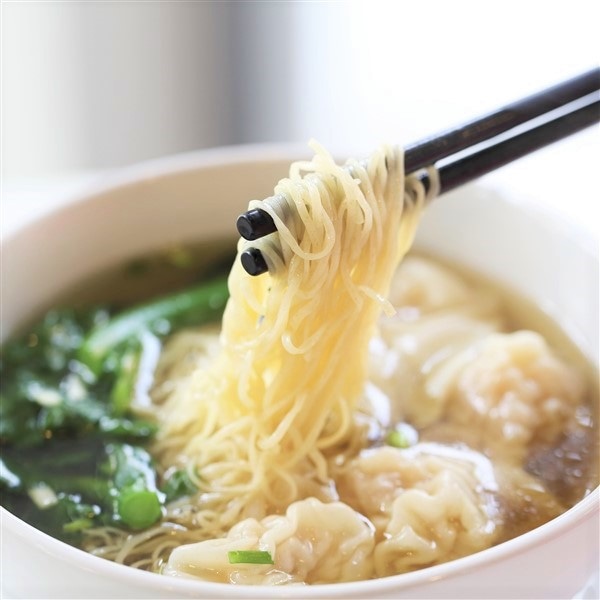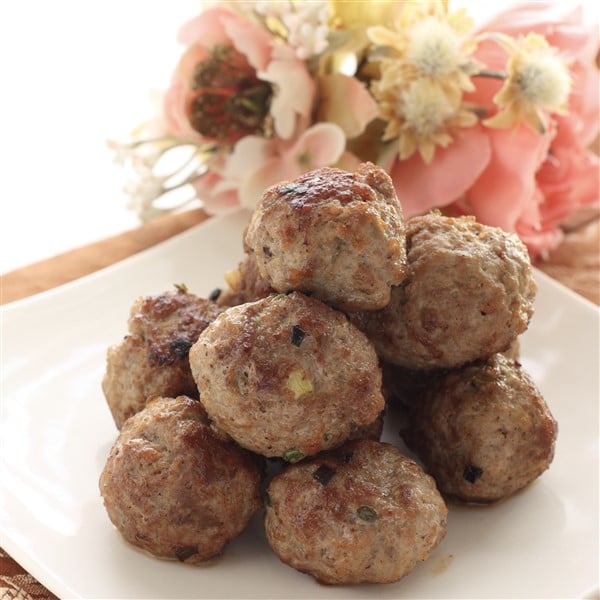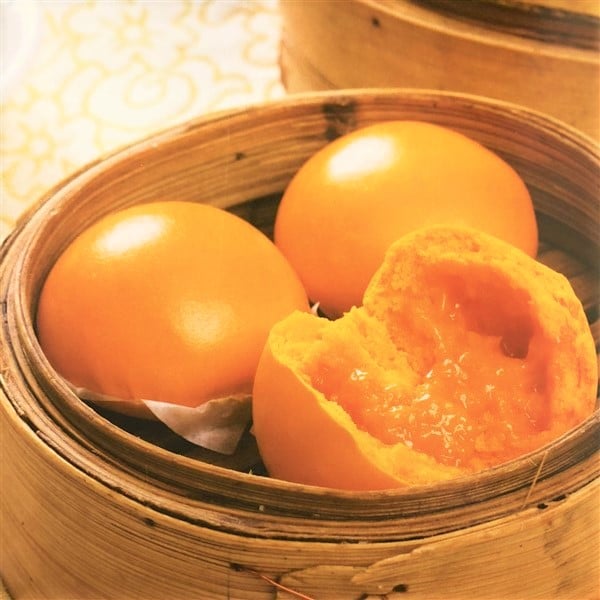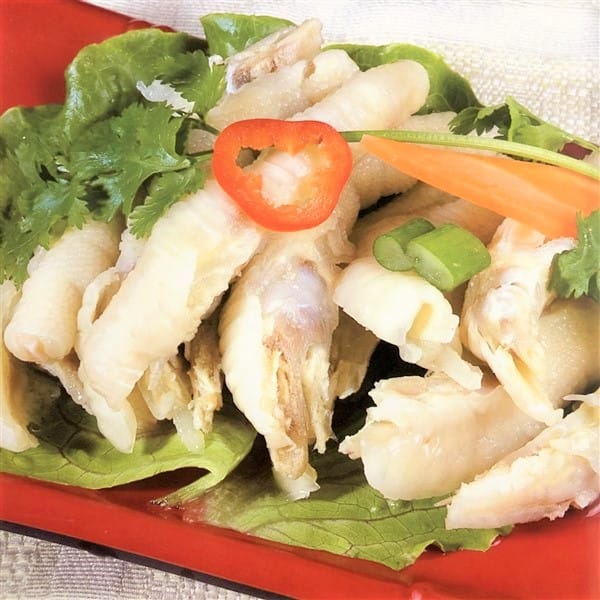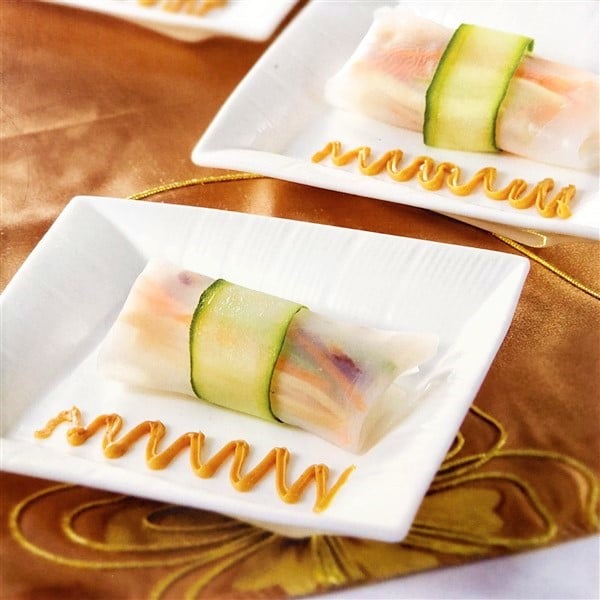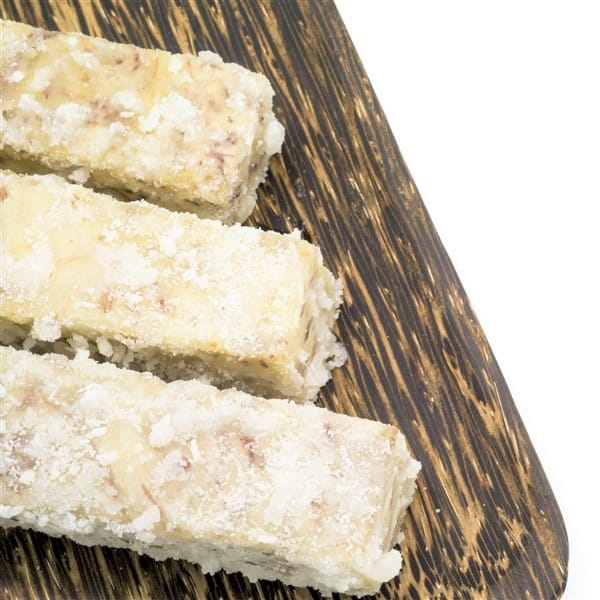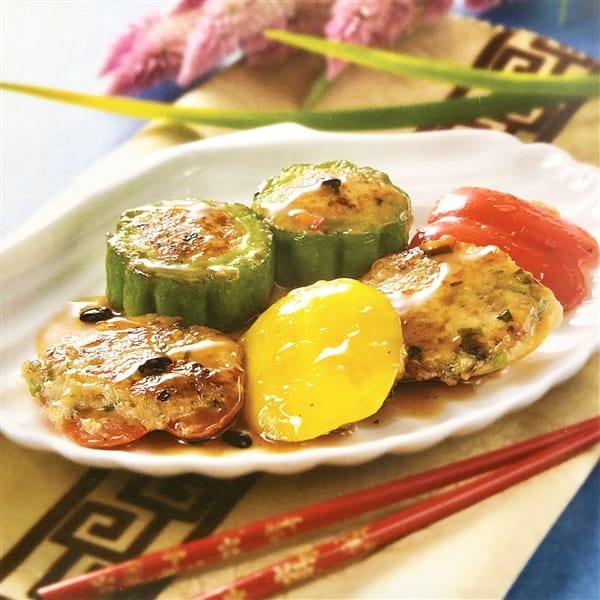Dim Sum
Cantonese dim sum is characterized by its refined ingredients, broad variety, and novelty of dishes. The sweet and savory Cantonese dim sum is also known for its supreme elegance. Here, we will provide you with the most complete encyclopedia of Cantonese Yum Cha (tea) culture. We will also show you easy recipes of how to make the top Cantonese dim sum in an exhaustive, professional, step-by-step manner. These are authentic dim sum dishes that anybody can make. Even you can savor the delicious taste of the best dim sum dishes in the comfort of your home.
We will introduce you to more than 100 types of Cantonese dim sum dishes, of which there are actually more than 4,000 varieties in total. For just outer layer ingredients, there are more than 23 types within the four major Cantonese cuisine styles. For fillings, meanwhile, there are 46 types spread throughout three major categories. Only Cantonese dim sum can claim such a wide variety of dishes, refined ingredients, intricate cooking methods, originality, and a plethora of flavors. That’s why it’s no exaggeration to claim that Cantonese dim sum is the king of dim sum and desserts throughout all of China.
What is Dim Sum?
The tradition of yum cha, also known as dim sum, having tea with exquisite dim sum dishes, began more than 100 years ago during the Qing dynasty. During this time, the dim sum involved have evolved to become more complex and refined.
Guangdong, or Cantonese, dim sum is most often found in the province of Guangzhou. The 1920’s and 30’s were the heydays of dim sum development in Guangzhou. Some of the famous dishes created during that era were the Char Siu Bao (BBQ pork buns), Cantonese Egg Tarts, and Har Gow. In the 1980’s, dim sum, which was by then widely enjoyed by the people of Guangdong and Guangxi, started incorporating elements of northern Chinese cuisine and western pastries. Cantonese dim sum thus evolved to be even more refined and innovative, with a perfect balance between meat and vegetable portions and the inclusion of all flavors in existence. By combining northern and southern Chinese foods with eastern and western culinary techniques, the variety of dim sum dishes grew even more.
Here, you’ll learn about some of the top dim sum dishes such as translucent Har Gow (crystal shrimp dumplings), creamy and tender Cheung Fun (Steamed Rice Noodle Rolls), sweet and crunchy Fried Sugar Taro, or juicy Chicken Feet all from the comfort of your own kitchen. We’ll seek to better understand the unfamiliar Chinese culture through these authentic dim sum dishes. By creatively fusing Chinese and western cuisine, Cantonese dim sum is able to portray the best of both worlds.

How To Eat Dim Sum
When you first enter a dim sum teahouse, typically the server will first ask how many people are in your party, then write that down on a card. After being seated, guests will first order dim sum dishes, and the server will stamp their card depending on what they ordered. When pouring tea, it must be done in one fluid motion, with a fast, thin stream of tea; “bold but cautious”, in other words. When somebody else is pouring tea for you, it is considered proper etiquette to gently knock on the table with two knuckles to express your gratitude. If you’d like the server to add more water to the teapot, simply leave the teapot’s lid ajar and a server will come by and refill the water.
People from Guangdong love yum cha so much that they are renowned for having only two set times for meals and three set times for tea and dim sum – morning, afternoon, and night – with morning yum cha being the most prominent. Cantonese folks of the older generation often rise at 5 or 6 o’clock in the morning and leisurely stroll down to the local teahouse with birdcage in hand. There they’ll slowly savor a cup of tea and some dim sum dishes. As work and lifestyle habits have changed, younger people are more inclined towards afternoon and nighttime yum cha, usually saving morning tea for the weekends. For Cantonese people, yum cha is an irreplaceable part of their lives.
